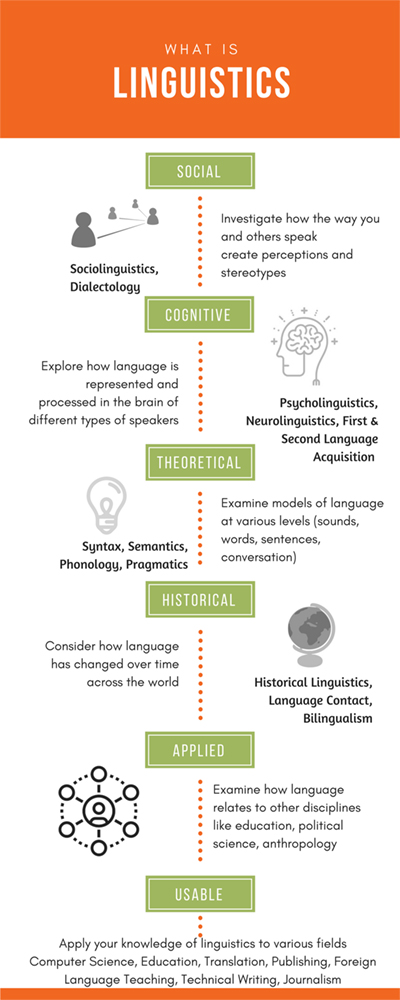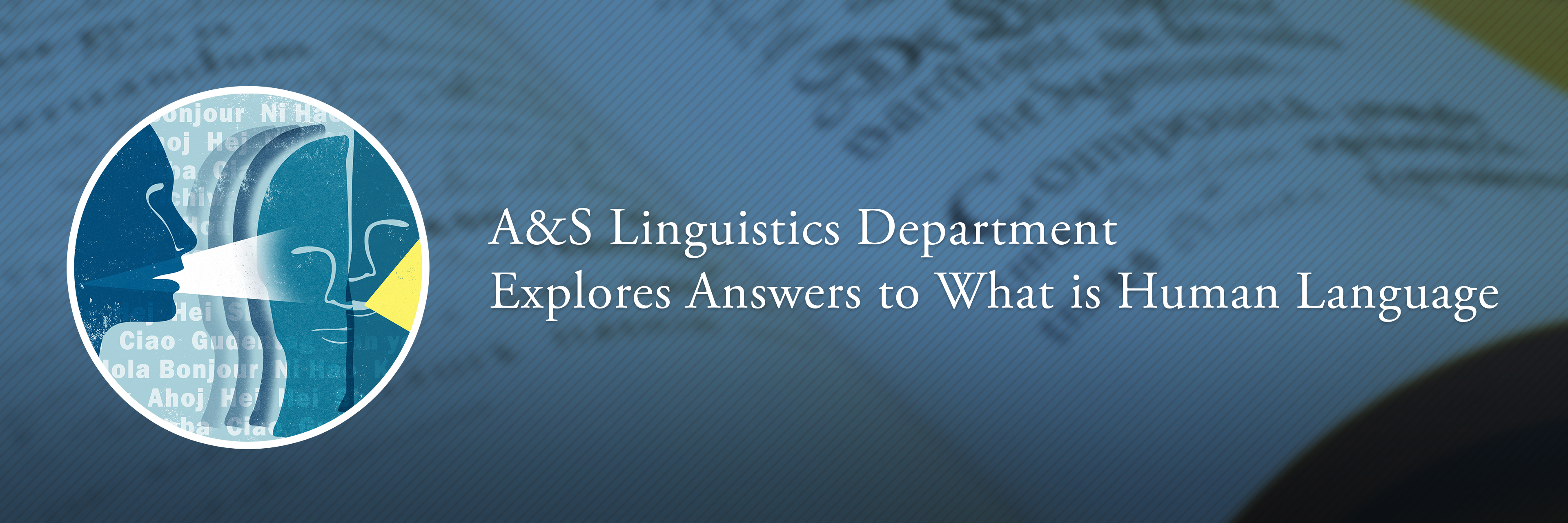

We honor the land itself and those who are stewards of this land throughout the generations and also acknowledge our committed relationship to Indigenous peoples. The original peoples of New Mexico – Pueblo, Navajo, and Apache – since time immemorial, have deep connections to the land and make significant contributions to the broader community statewide. Land Acknowledgement Statementįounded in 1889, the University of New Mexico sits on the traditional homelands of the Pueblo of Sandia. Thus, the department not only studies and teaches about the structure and use of language, but also encourages faculty and student involvement as advocates and participants in outreach to the linguistic communities in which we carry out research. This theoretical approach provides the foundation for effectively addressing our commitment to the application of linguistics to social concerns, including minority language maintenance and empowerment of minority communities. The department is particularly concerned with the study of regional languages (especially Navajo, varieties of Spanish, and indigenous languages of the Americas) and signed languages (American Sign Language, in particular).

This orientation emphasizes the study of language typology, change, discourse, interaction, variation, interpreting, processing, and acquisition. Data-driven and fieldwork methods are emphasized to support usage-based analyses of dynamic language phenomena. The department's approach to linguistic theory takes a primarily cognitive-functional perspective that focuses on language structure as interacting with language use. The department thus has two concerns: (1) teaching and research on language structure and use, and (2) service to society on language-related issues. As such, it bears particular responsibilities both to the field of linguistics and to the residents of the region it serves.

The UNM Department of Linguistics is the only degree-granting linguistics program in one of the most multilingual and multicultural states in the U.S. ― Edward Sapir, Language: an Introduction to the Study of Speech Language is the most massive and inclusive art we know, a mountainous and anonymous work of unconscious generations.


 0 kommentar(er)
0 kommentar(er)
